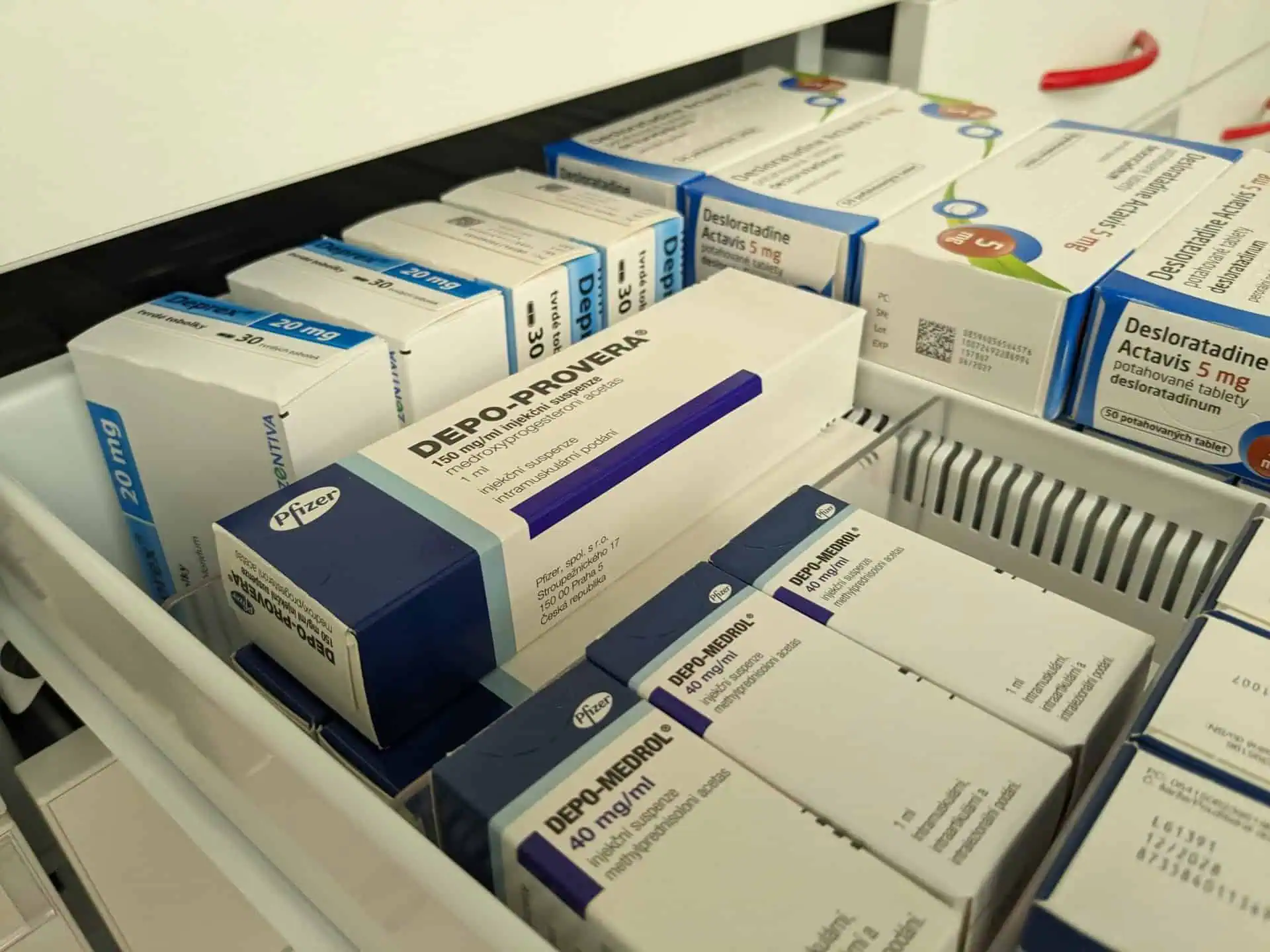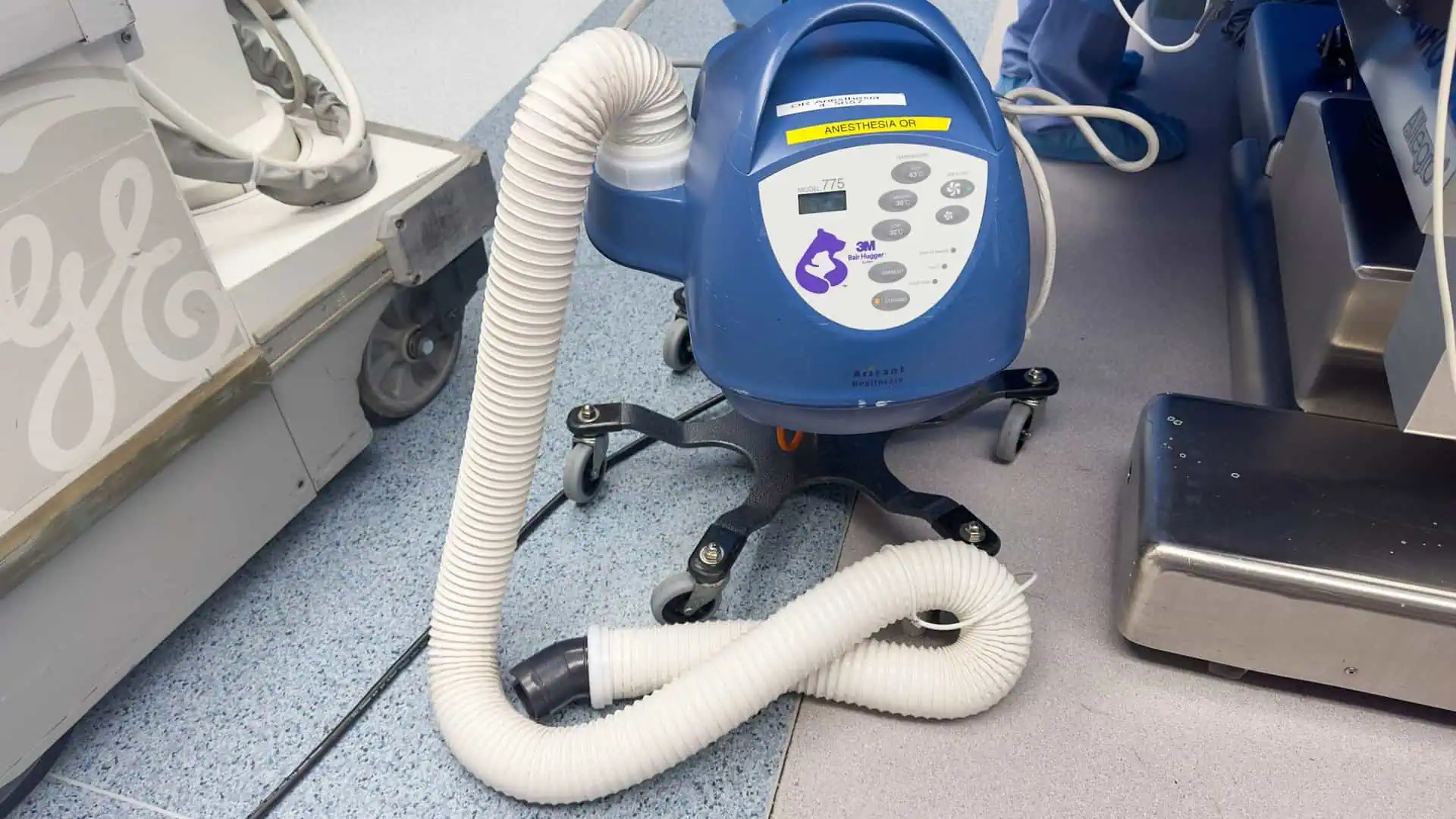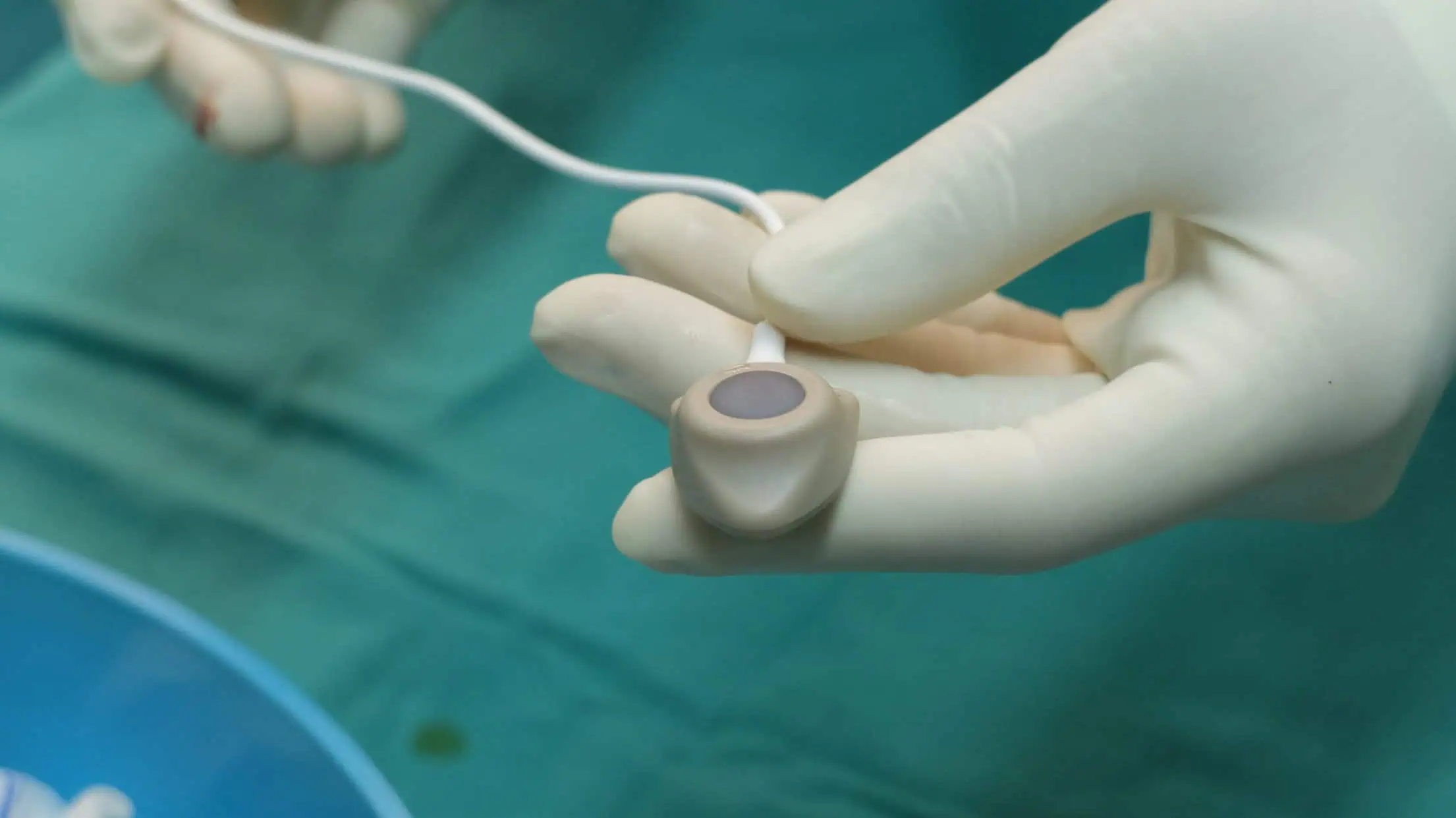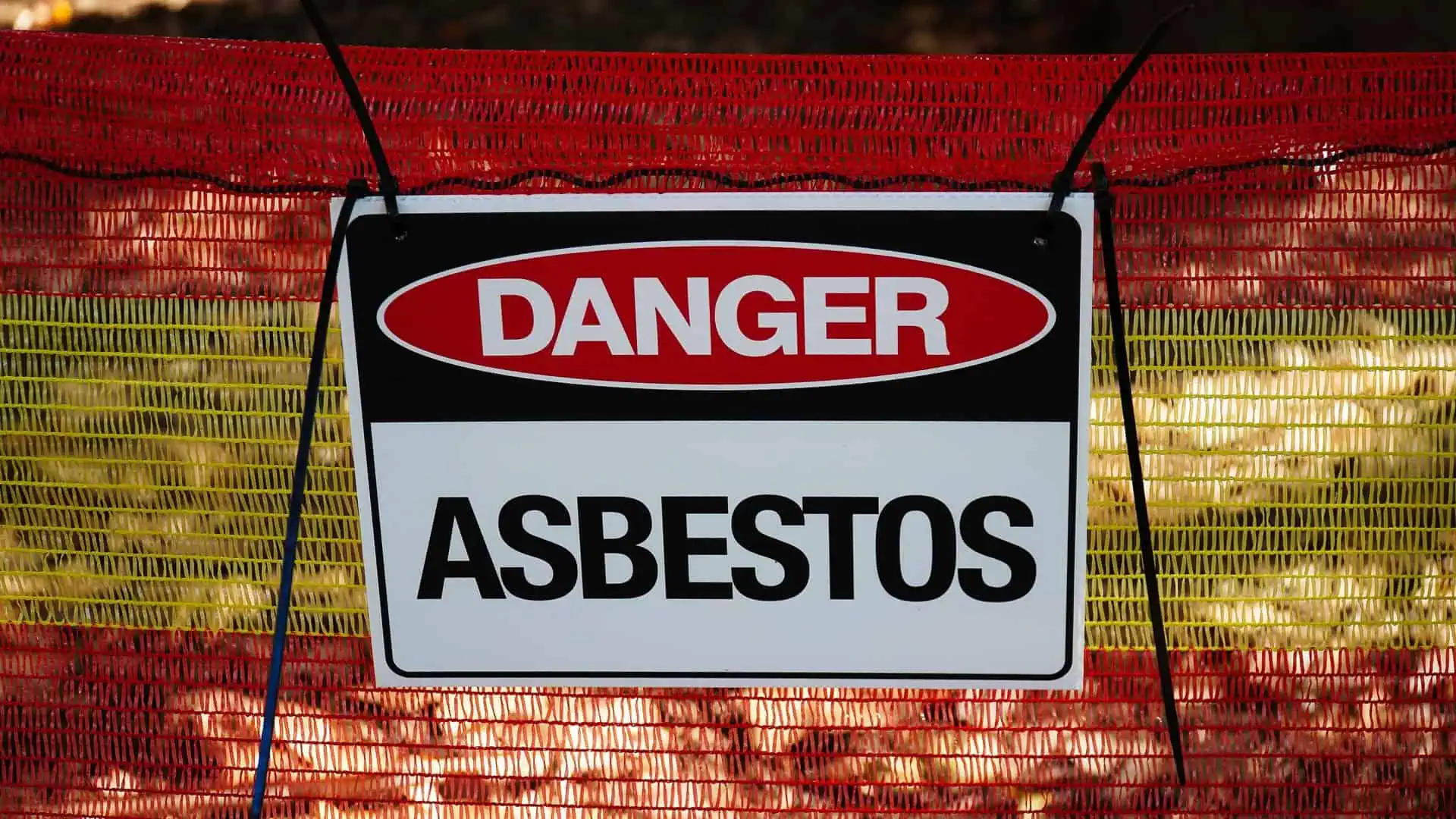What is a Deep Joint Infection (DJI)?
- Last Updated: August 4th, 2023

Attorney Jessica Paluch-Hoerman, founder of TruLaw, has over 28 years of experience as a personal injury and mass tort attorney, and previously worked as an international tax attorney at Deloitte. Jessie collaborates with attorneys nationwide — enabling her to share reliable, up-to-date legal information with our readers.
Legally Reviewed
This article has been written and reviewed for legal accuracy and clarity by the team of writers and legal experts at TruLaw and is as accurate as possible. This content should not be taken as legal advice from an attorney. If you would like to learn more about our owner and experienced injury lawyer, Jessie Paluch, you can do so here.
Fact-Checked
TruLaw does everything possible to make sure the information in this article is up to date and accurate. If you need specific legal advice about your case, contact us by using the chat on the bottom of this page. This article should not be taken as advice from an attorney.
What is a Deep Joint Infection (DJI)?
Joint infections can be caused by a variety of bacteria, fungi, and viruses.
Deep Joint Infections (DJI) can affect the bones, joints, and surrounding tissues of the affected area, and if not treated in a timely manner, can lead to long-term joint damage or even amputation.

DJIs can occur after joint replacement surgery, which is why it is critical for patients to be aware of the signs and symptoms of these infections, as well as the measures that can be taken to prevent them.
Table of Contents
Bair Hugger Warming Blanket
One of the medical devices that have been linked to DJIs is the Bair Hugger Warming Blanket, manufactured by 3M.
The Bair Hugger is a forced-air warming blanket that is used to regulate the patient’s body temperature during surgery.
However, recent studies have shown that the Bair Hugger may increase the risk of deep joint infections during surgery.
The warming blanket blows warm air over the patient, which can cause bacteria in the operating room to become airborne, increasing the risk of infection.
Patients who have undergone joint replacement surgery and have experienced a DJI may have legal options against 3M, the manufacturer of the Bair Hugger.
Lawsuits have been filed alleging that 3M knew about the risks associated with their product, yet failed to adequately warn doctors and patients of the potential dangers.
Surgical Infections
Surgical site infections (SSI) are a common complication of surgery, including joint replacement surgery.
While not all SSIs are DJIs, they can cause severe pain, fever, and prolonged hospital stays.
SSIs can occur when bacteria on the skin or surrounding tissue enter the incision site during surgery.
Patients who are overweight, diabetic, or have compromised immune systems may be at a higher risk for developing SSIs.
Prevention of Deep Joint Infections
Preventing deep joint infections requires a multi-faceted approach.
Here are some steps that can be taken to reduce the risk of DJIs during surgery:
- Proper sterilization of surgical equipment and the operating room
- Proper hand hygiene and surgical site preparation
- Use of alternative warming devices during surgery, such as warmed blankets or fluid warming systems, which do not increase the risk of infection
- Limiting the number of people in the operating room to reduce the risk of bacteria becoming airborne
- Treating underlying health conditions, such as diabetes or obesity, that may increase the risk of infection
- Using prophylactic antibiotics before and after surgery to reduce the risk of infection
It is important for patients to discuss these steps with their doctor prior to surgery to ensure that all precautions are being taken to reduce the risk of DJIs.
Symptoms of Deep Joint Infections
Recognizing the symptoms of deep joint infections is critical for prompt diagnosis and treatment.
Here are some symptoms to be aware of:
- Redness and swelling around the joint
- Warmth or tenderness around the joint
- Fever or chills
- Severe pain, particularly at rest or at night
- Fatigue or malaise
- Drainage from the incision site
Patients who experience any of these symptoms should seek medical attention immediately.
Delay in treatment can lead to long-term joint damage or the need for amputation.
Patients who have undergone joint replacement surgery should also be aware that the symptoms of DJIs may be different than those of a typical infection, and should discuss any concerns with their doctor.
Treatment for Deep Joint Infections
Treatment for DJIs often requires a multi-disciplinary approach, including orthopedic surgeons, infectious disease specialists, and wound care specialists.
The treatment plan may include long-term antibiotics, surgery to remove infected tissue, and sometimes the need for additional surgeries to repair the damage caused by the infection.
Early diagnosis and treatment are critical to the patient’s recovery and long-term joint health.
In conclusion, deep joint infections are a serious complication of joint replacement surgery that can lead to long-term joint damage or even amputation.
Patients who have experienced a DJI or SSI after surgery may have legal options against the manufacturer of the medical device or the hospital.
It is important for patients to be aware of the risks associated with medical devices like the Bair Hugger Warming Blanket, and to be proactive in.
Legal Help for Surgical Infections
When seeking legal help for a surgical infection, it is important to find an attorney with experience in medical malpractice or product liability cases.
These attorneys can help to review the patient’s medical records, gather evidence, and negotiate with the manufacturer or hospital on behalf of the patient.
Here are some additional ways that a lawyer can help:
- Review medical records to determine if there was negligence or malpractice involved
- Assist in filing a product liability or medical malpractice claim or lawsuit
- Negotiate with the manufacturer or hospital for a settlement or compensation for the patient’s injuries
- Ensure the patient receives the appropriate medical care, including necessary surgeries and medications
- Seek compensation for lost wages, medical bills, and pain and suffering
Patients should also be aware of the statute of limitations for filing a claim, which varies by state.
A qualified attorney can help to ensure that the patient meets all legal requirements and deadlines.

Managing Attorney & Owner
With over 25 years of legal experience, Jessica Paluch-Hoerman is an Illinois lawyer, a CPA, and a mother of three. She spent the first decade of her career working as an international tax attorney at Deloitte.
In 2009, Jessie co-founded her own law firm with her husband – which has scaled to over 30 employees since its conception.
In 2016, Jessie founded TruLaw, which allows her to collaborate with attorneys and legal experts across the United States on a daily basis. This hypervaluable network of experts is what enables her to share the most reliable, accurate, and up-to-date legal information with our readers!
Here, at TruLaw, we’re committed to helping victims get the justice they deserve.
Alongside our partner law firms, we have successfully collected over $3 Billion in verdicts and settlements on behalf of injured individuals.
Would you like our help?
At TruLaw, we fiercely combat corporations that endanger individuals’ well-being. If you’ve suffered injuries and believe these well-funded entities should be held accountable, we’re here for you.
With TruLaw, you gain access to successful and seasoned lawyers who maximize your chances of success. Our lawyers invest in you—they do not receive a dime until your lawsuit reaches a successful resolution!
AFFF Lawsuit claims are being filed against manufacturers of aqueous film-forming foam (AFFF), commonly used in firefighting.
Claims allege that companies such as 3M, DuPont, and Tyco Fire Products failed to adequately warn users about the potential dangers of AFFF exposure — including increased risks of various cancers and diseases.
Depo Provera Lawsuit claims are being filed by individuals who allege they developed meningioma (a type of brain tumor) after receiving Depo-Provera birth control injections.
A 2024 study found that women using Depo-Provera for at least 1 year are five times more likely to develop meningioma brain tumors compared to those not using the drug.
Suboxone Tooth Decay Lawsuit claims are being filed against Indivior, the manufacturer of Suboxone, a medication used to treat opioid addiction.
Claims allege that Indivior failed to adequately warn users about the potential dangers of severe tooth decay and dental injuries associated with Suboxone’s sublingual film version.
Social Media Harm Lawsuits are being filed against social media companies for allegedly causing mental health issues in children and teens.
Claims allege that companies like Meta, Google, ByteDance, and Snap designed addictive platforms that led to anxiety, depression, and other mental health issues without adequately warning users or parents.
Transvaginal Mesh Lawsuits are being filed against manufacturers of transvaginal mesh products used to treat pelvic organ prolapse (POP) and stress urinary incontinence (SUI).
Claims allege that companies like Ethicon, C.R. Bard, and Boston Scientific failed to adequately warn about potential dangers — including erosion, pain, and infection.
Bair Hugger Warming Blanket Lawsuits involve claims against 3M — alleging their surgical warming blankets caused severe infections and complications (particularly in hip and knee replacement surgeries).
Plaintiffs claim 3M failed to warn about potential risks — despite knowing about increased risk of deep joint infections since 2011.
Baby Formula NEC Lawsuit claims are being filed against manufacturers of cow’s milk-based baby formula products.
Claims allege that companies like Abbott Laboratories (Similac) and Mead Johnson & Company (Enfamil) failed to warn about the increased risk of necrotizing enterocolitis (NEC) in premature infants.
Here, at TruLaw, we’re committed to helping victims get the justice they deserve.
Alongside our partner law firms, we have successfully collected over $3 Billion in verdicts and settlements on behalf of injured individuals.
Would you like our help?












